Meet the Bright, Buttery Cloudless Sulphur Butterfly
Updated: Feb. 20, 2024
The cloudless sulphur is one of those species that puts the "butter" in butterfly! See what the eggs, caterpillars and adults look like.
What Does a Cloudless Sulphur Butterfly Look Like?
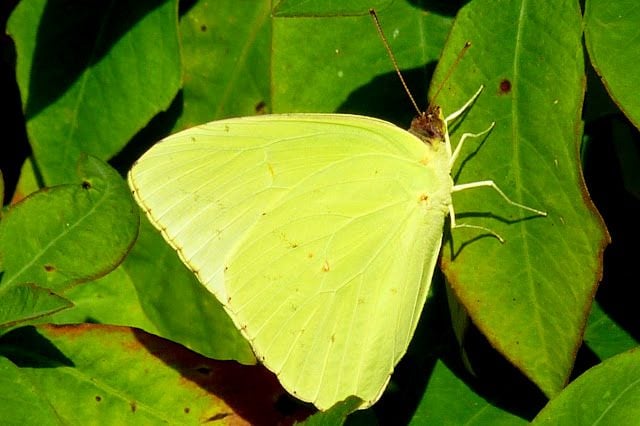
Cloudless sulphur butterflies are often overlooked. They’re medium-sized, common, and often too fast to get a good look at. Their wings are a mostly uniform yellow, with some brown and white spots on females. Late summer cloudless sulphurs are often so pale as to appear white.
They’re also easily confused with the clouded sulphur butterfly (Colius philodice), which is extremely similar looking. You can tell cloudless sulphurs apart from the clouded sulphur by their lack of black edging on the topsides of their wings.
Here are a few life facts about this pretty yellow butterfly, and how to attract it to your garden.
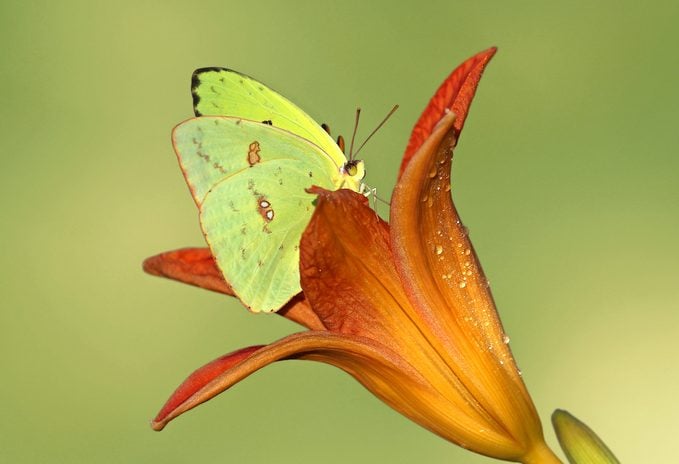
After a rainy night, I spotted a cloudless sulphur (above) resting on a lily in a county park. It looks like the flower grew wings, and the light, contrast and summer colors in the image make it very special to me,” says reader Sujata Roy of Morrisville, North Carolina.
Discover 7 small butterflies you should never overlook.
Where to Find Cloudless Sulphur Butterflies
The cloudless sulphur (Phoebis sennae) is a member of the Pieridae family, which includes the even more common cabbage white. Though they’re a more southern species, they usually spread north to cover most of the eastern U.S. in the summer months. In Florida and south Texas, they breed year-round.
Their preferred habitat is open areas like clover and hay fields, lawns and meadows.
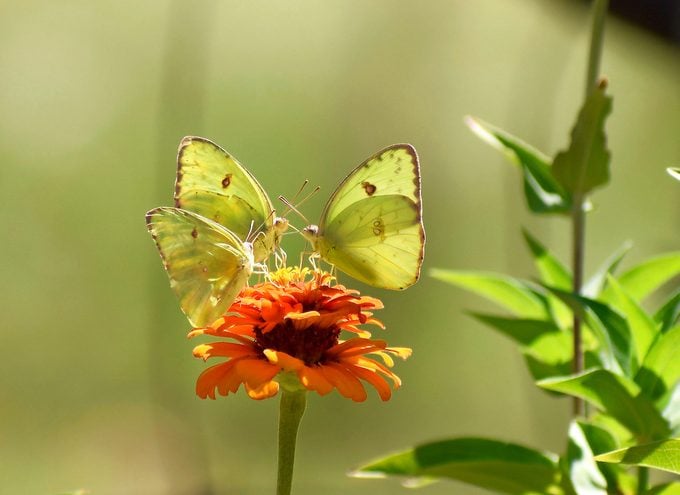
“I was sitting outside with my camera when I saw these three cloudless sulphurs (above) on a zinnia. They seemed to be having a conversation!” says Tammy Windsor-Brown of Bisbee, Arizona.
Meet the gorgeous great spangled fritillary butterfly.
Eggs and Caterpillars
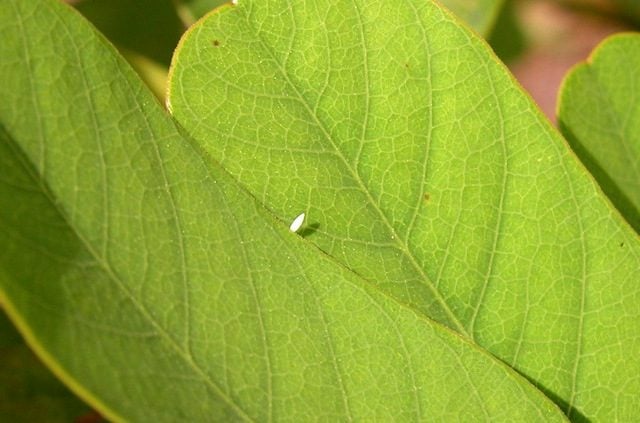
Cloudless sulphurs, like many other sulphurs, lay their eggs on members of the cassia family (Senna sp.). The eggs resemble a tiny grain of white or yellow rice, and are usually laid singly on the edges of leaves.
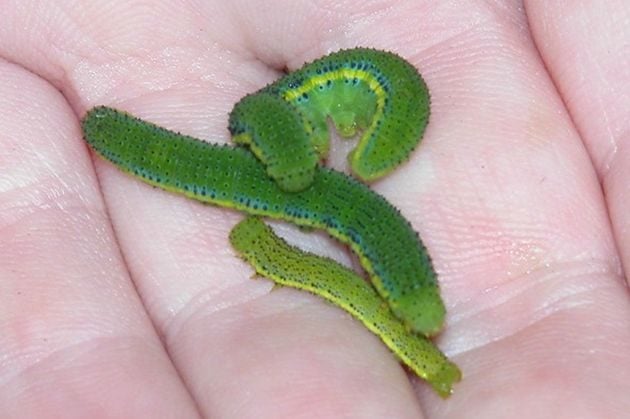
Cloudless sulphur caterpillars are a bright green, with blue and/or yellow stripes down the side. If they eat the yellow flowers of the cassia plants they’re feeding on, they’ll often turn a gorgeous bright yellow instead.
Discover 8 crazy cool caterpillars you could find in your backyard.
Chrysallis
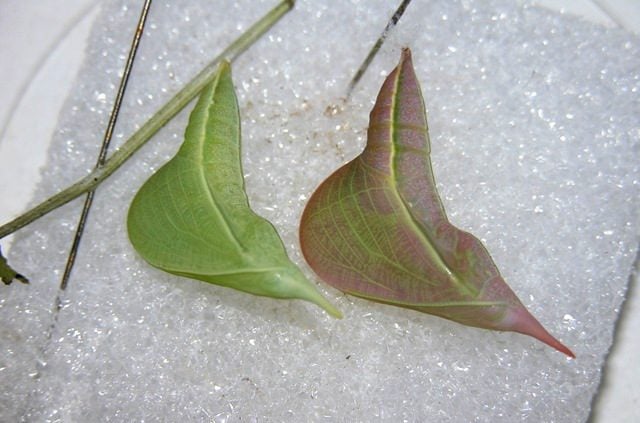
The chrysalis has evolved to look like a leaf. It’s usually green, but can also be yellow or pink or a combination of the three. These pupa wiggle when touched, to scare off predators. As the butterfly inside develops, the outer skin of the chrysalis thins and the butterfly becomes visible beneath.
What does a monarch caterpillar and chrysalis look like?
Host Plants
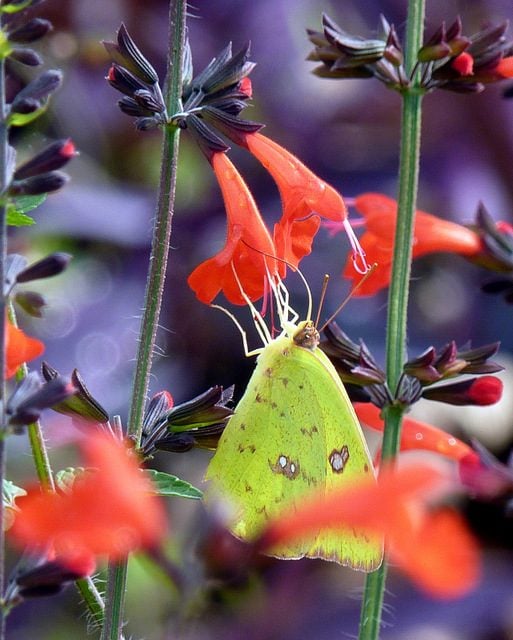
Attract these beautiful butterflies to your garden by planting their host plants, like partridge pea, Bahama cassia, wild senna, or other native species. Adults will feed on a wide variety of nectar plants, and their extra long proboscis means they’ll choose deep-throated flowers like petunias or honeysuckles that other butterflies may not be able to use.
In the fall, cloudless sulphurs that have been living further north will head south before winter sets in, so add plenty of late-season nectar plants to your garden to help them on their way.




















